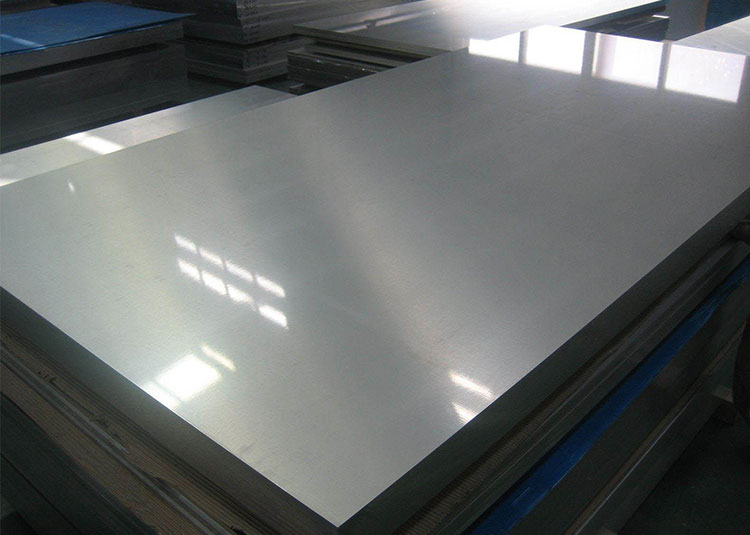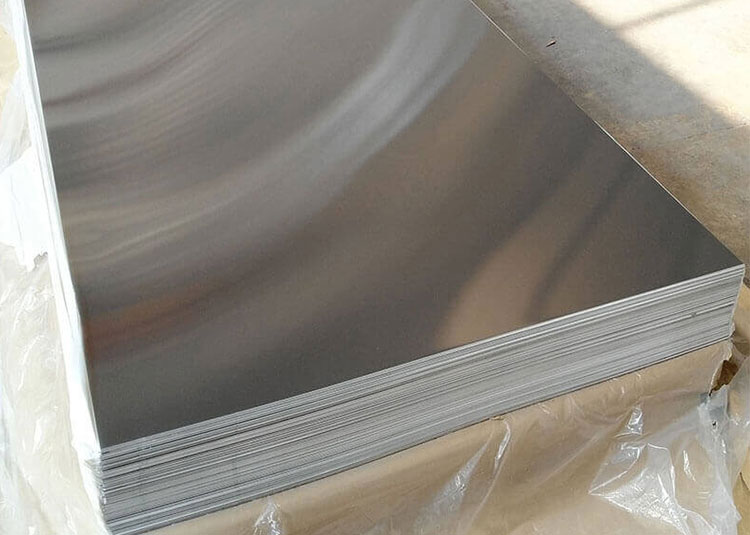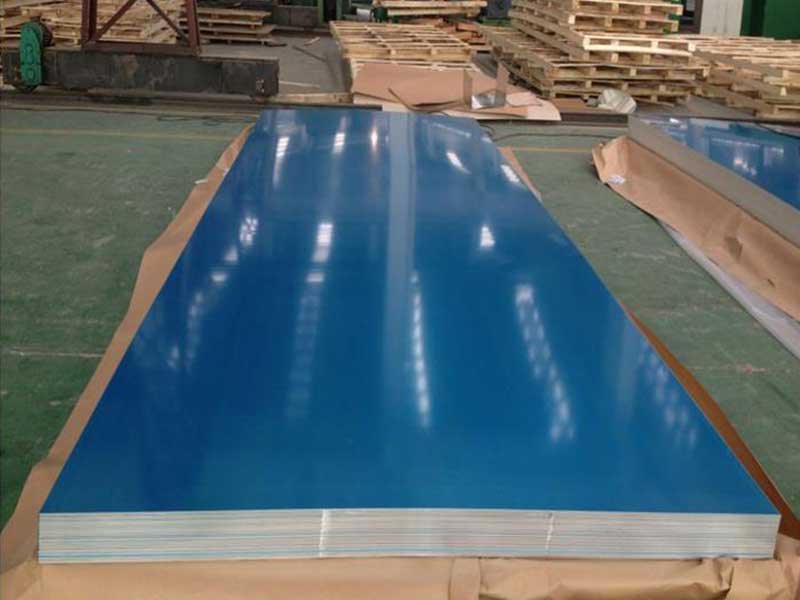When it comes to aluminum sheets, the manufacturing process significantly influences their properties, applications, and overall performance in various industries. Two prominent types of aluminum sheets are the Hot Rolled Aluminum Sheet DC (Direct Casting) and Continuous Casting Rolling Aluminum Sheet CC (Continuous Casting), each differing in terms of fabrication techniques and features. In this article, we will delve into the characteristics of these two types of aluminum sheets, their unique features, and their respective applications in various sectors.
Hot Rolled Aluminum Sheet DC (Direct Casting)
Features:The direct casting method involves pouring molten aluminum directly into molds, allowing it to quickly cool and create a solid sheet. As the name suggests, hot rolled aluminum sheets start their journey as thick, but they are subsequently processed through rolling. Features of hot rolled aluminum sheets include:
- Homogeneity: Due to the uniformity obtained during the casting process, hot rolled sheets ensure minimal variation in thickness and quality.
- High Strength: The hot rolling process imparts structural integrity, enhancing mechanical strength, making these sheets ideal for more heavy-duty applications.
- Texture and Appearance: Hot rolled aluminum often features a rough texture that developers utilize in many usages.
Applications:
Thanks to its robust features, hot rolled aluminum sheets DC are typically prefixed in manufacturing heavy-duty equipment, automotive components, and construction materials. The building and construction industries often utilize hot rolled aluminum sheets for roof structures and window frames, where durability is paramount.
Continuous Casting Rolling Aluminum Sheet CC
Features:In contrast, continuous casting rolling involves continuously pulling molten aluminum through a series of rollers to create thin and varied thickness sheets. The distinct characteristics of continuous casting aluminum sheets include:
- Balanced Thickness: This technique allows for precise control over the thickness and dimensions, providing designers and manufacturers flexibility discretely.
- Excellent Surface Quality: Continuous casting sheets offer a superior finish, making them ideal for aesthetics-focused applications.
- Waste Reduction: The continuous process does not produce as much scrap metal, allowing for a more environmentally friendly production mode.
Applications:
The unique advantages of continuous casting have made these sheets popular in a host of applications. Industries like electronics, automotive, packaging, and architectural design leverage continuous casting aluminum sheets. High-quality surface finishes make them universal for products like aluminum cladding, heat exchangers, and insulated panels, especially where visual appeal matters.
Conclusion: Making the Right Choice
Both hot rolled aluminum sheet DC and continuous casting rolling aluminum sheet CC offer unique advantages catering to distinct needs. While hot rolled aluminum proves its forte in strength and durability, the granular control of continuous casting results in optimal surface quality and customization.
When deciding between the two, consider the specific requirements of your project, including the importance of decorative finishes and structural integrity. Understanding these differences will facilitate smarter collective decisions that enhance your product quality and lead to maximized benefits within your industry.
By tapping into the distinct possibilities offered by hot rolled and continuous cast aluminum sheets, you can keep your operations at the cutting edge of quality and innovation. Whether fabricating structural elements for ultra-durable applications or pursuing low-weight, high-quality lightweight designs, understanding these distinctions is crucial for optimizing efficiency and success in aluminum-based designs and constructs. Explore your options with hot rolled DC and continuous cast CC aluminum sheets, and choose wisely for your specific industrial applications today!













